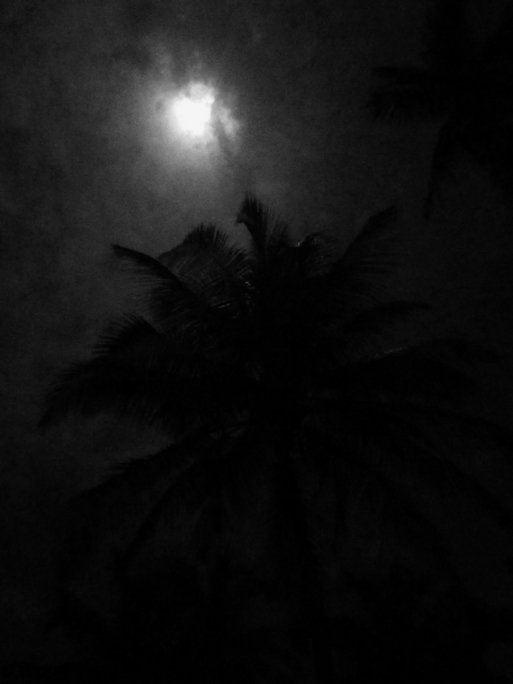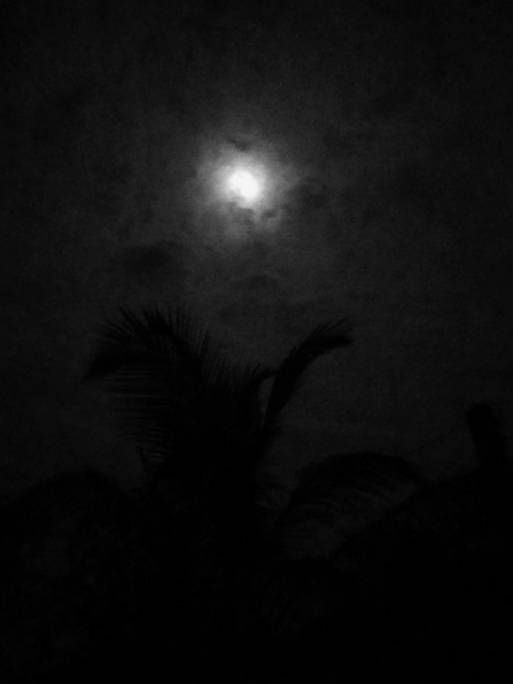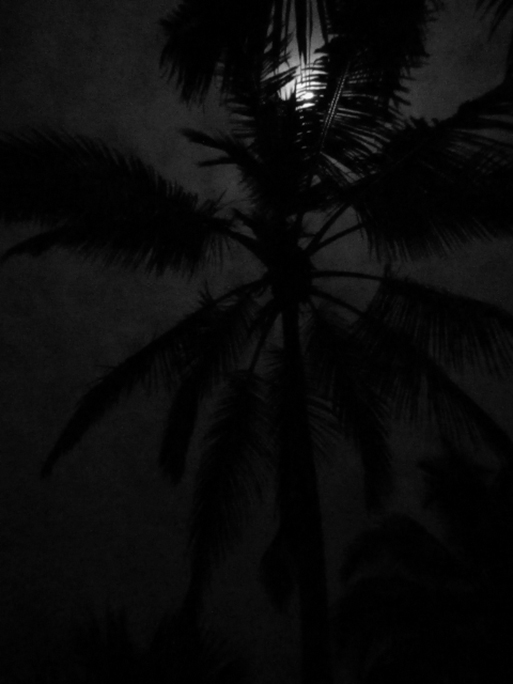Presentation :
Sophie Nys was born in 1974 in Antwerp (Belgium) ? she lives and works in Brussels (Belgium) and Zurich (Switzerland).
Sophie Nys is interested in history: art history, history of philosophy, history of the great figures of history or dictatorial practices of medieval torture. This eclecticism of centers of interest around the historical practice is found in the work of the artist in the form of thematic declinations and variations. So when Sophie Nys is interested in the word ''pillory'', it is both a photographic documentary searches for the object, in the Middle Ages, to expose publicly a condemned, that use of anti-Semitic newspaper Au Pilori sadly famous during the second World War. This set of side steps, sliding of the object to the word itself reflects finally practice itself of the artist. If it is built, upstream of the work around a work of investigation and documentation, the artist goes through history across the board in search of a grain of sand that could stem the flow history. So when Sophie Nys hand on the trail of Lenin in her video Lenine en pensant, expresses more grotesque side of the figure of a politician, a distanced and objective analysis of Russian communism. The artist weaves around issues loaded with a weight sometimes painful history, interpretations taking various forms of humor that does not mean is absent.
Sophie Nys s'intéresse à l'Histoire : histoire de l'art, histoire de la philosophie, histoire des grandes figures dictatoriales ou encore histoire des pratiques de tortures moyenâgeuses. Cet éclectisme de centres d'intérêt autour de la pratique historique se retrouve dans l'oeuvre de l'artiste sous la forme de déclinaisons et de variations thématiques. Ainsi lorsque Sophie Nys s'intéresse au terme ''pilori'', celui-ci revêt aussi bien une recherches documentaires photographiques de l'objet destiné, au moyen-âge, à exposer publiquement un condamné, qu'une utilisation du journal antisémite Au Pilori, tristement célèbre durant la seconde guerre mondiale. Ce jeu de pas de côté, glissement de l'objet au mot lui-même reflète finalement la pratique elle-même de l'artiste. Si celle-ci s'articule, en amont de l'oeuvre, autour d'un travail d'investigation et de documentation, l'artiste parcourt l'Histoire de manière transversale, à la recherche du grain de sable qui pourrait enrayer la fluidité historique. Ainsi lorsque Sophie Nys part sur les traces de Lénine dans sa vidéo Lénine en pensant, elle exprime plus le côté caricatural de la figure du politicien, qu'une analyse objective et distancée du communisme russe. L'artiste tisse autour de sujets chargés d'un poids historique parfois douloureux, des interprétations prenant des formes variées dont l'humour n'en ait pas pour autant absent.



